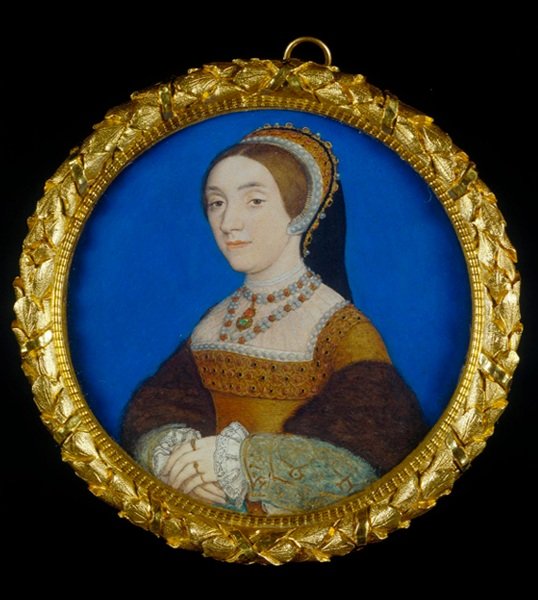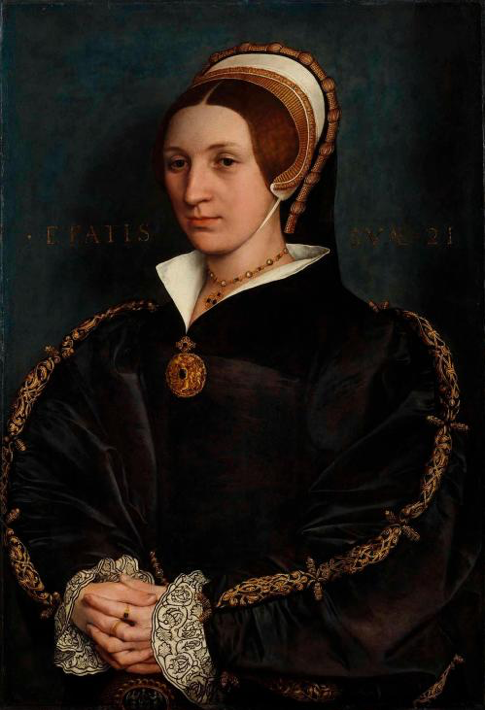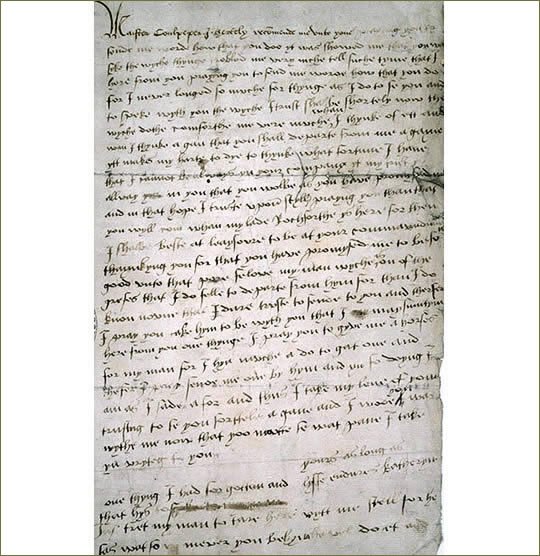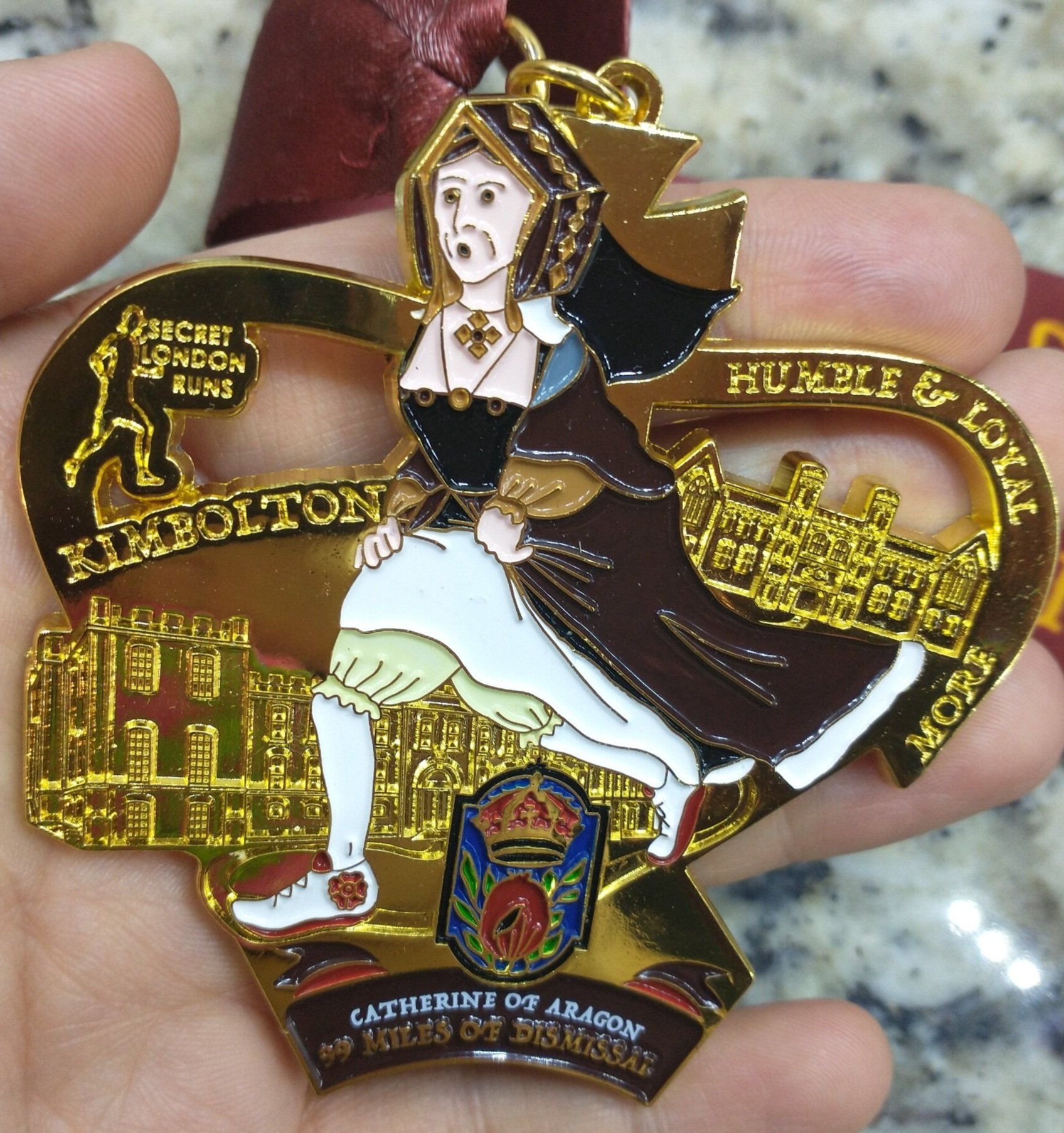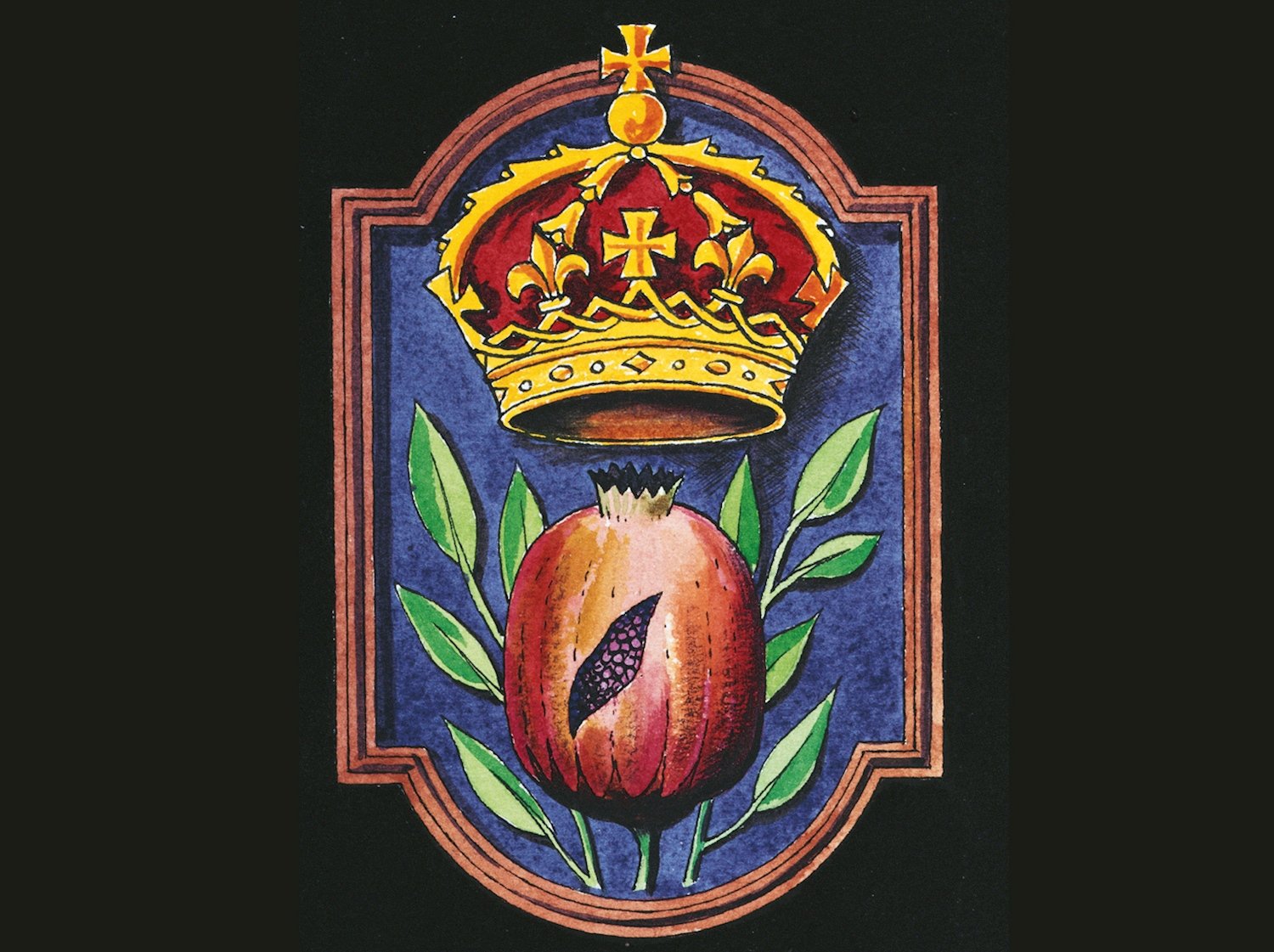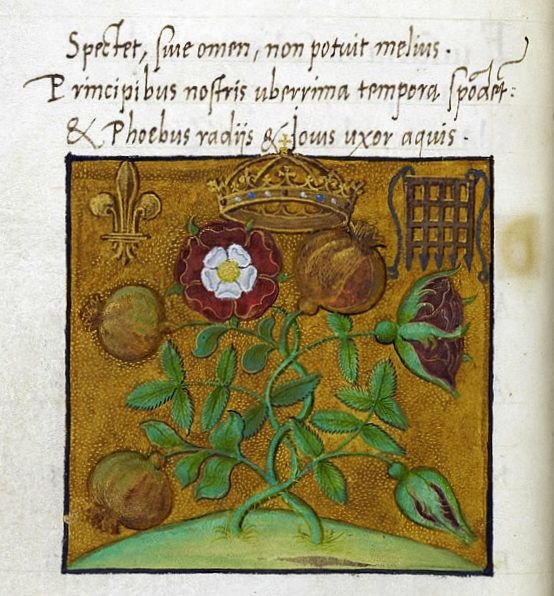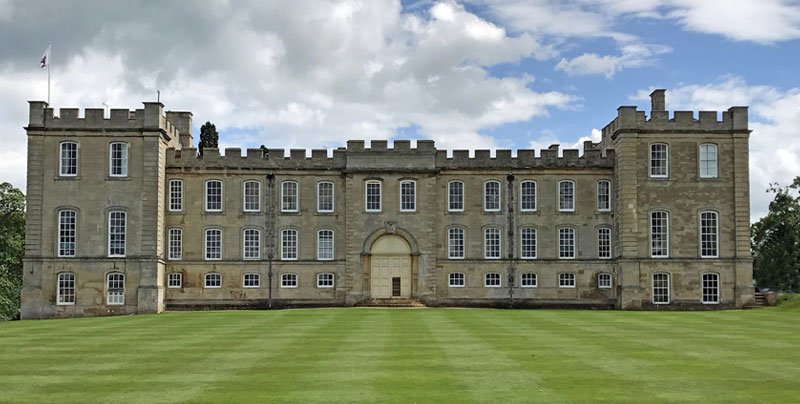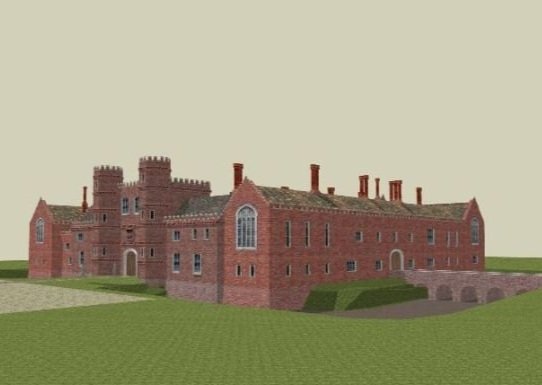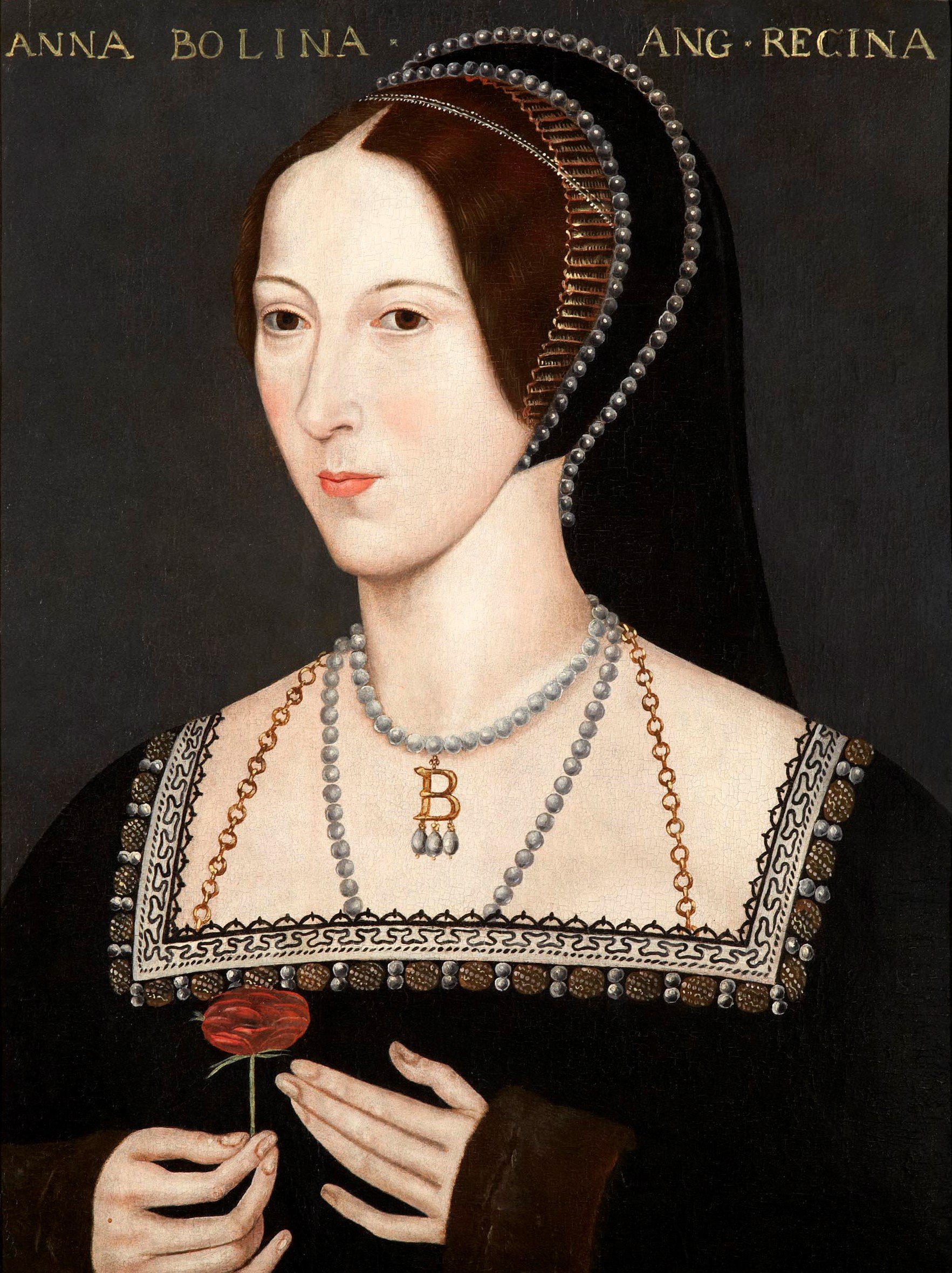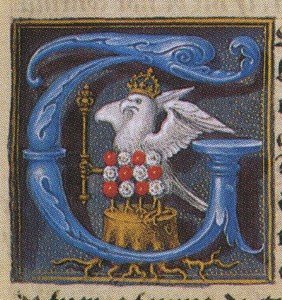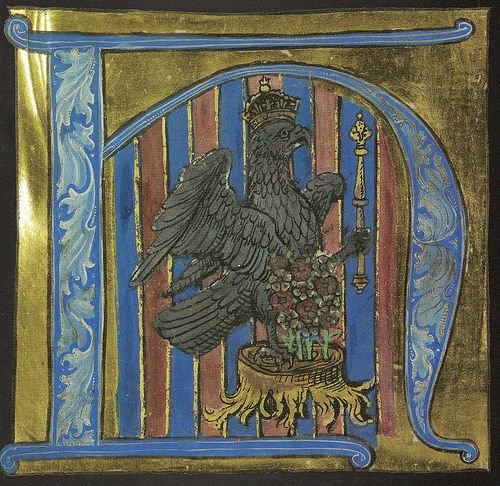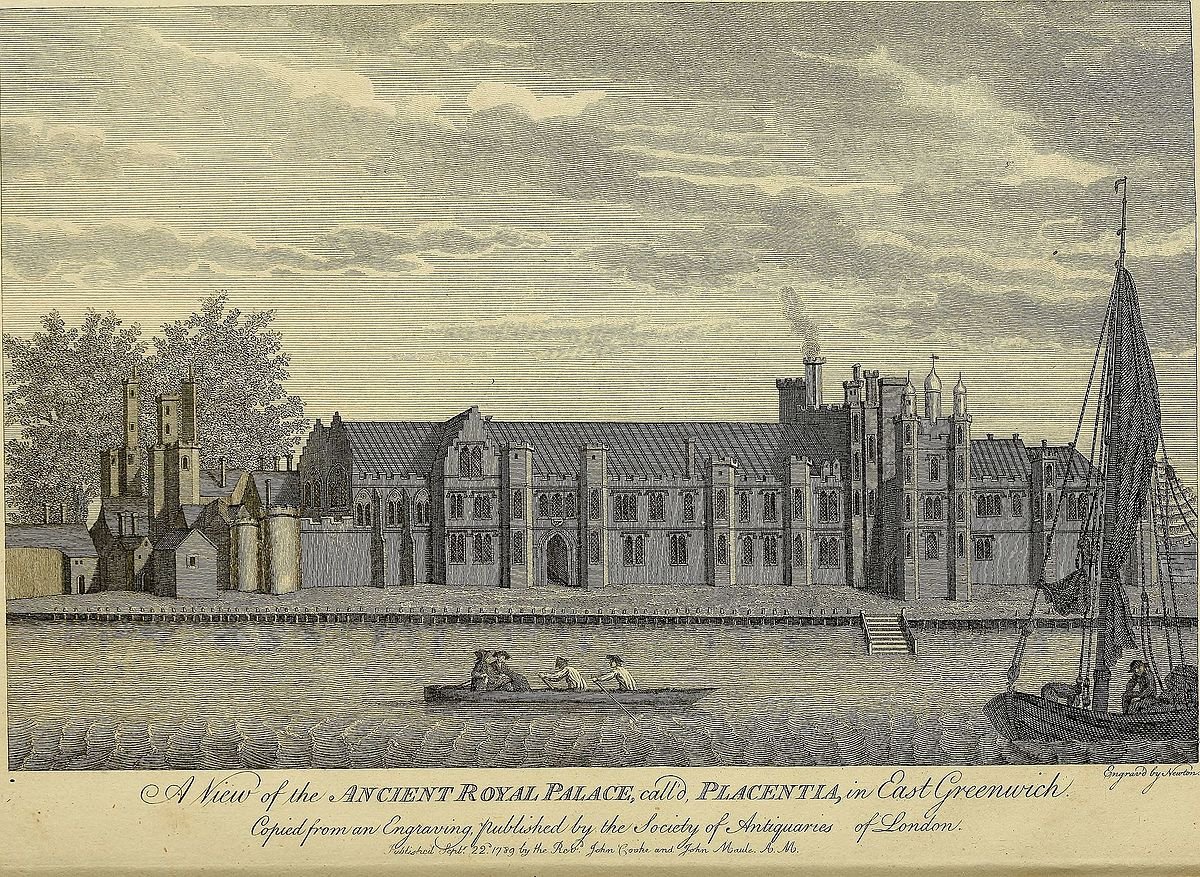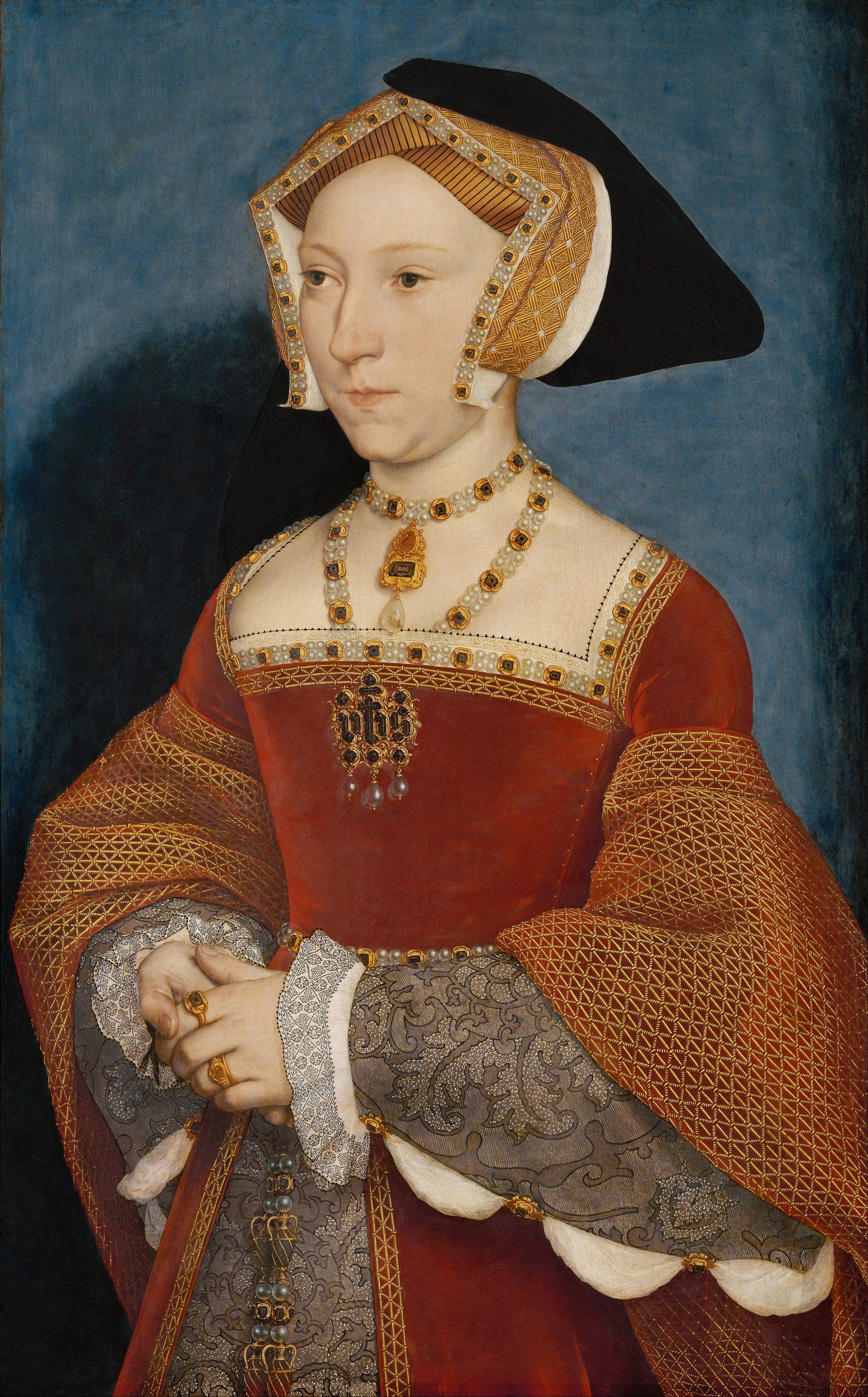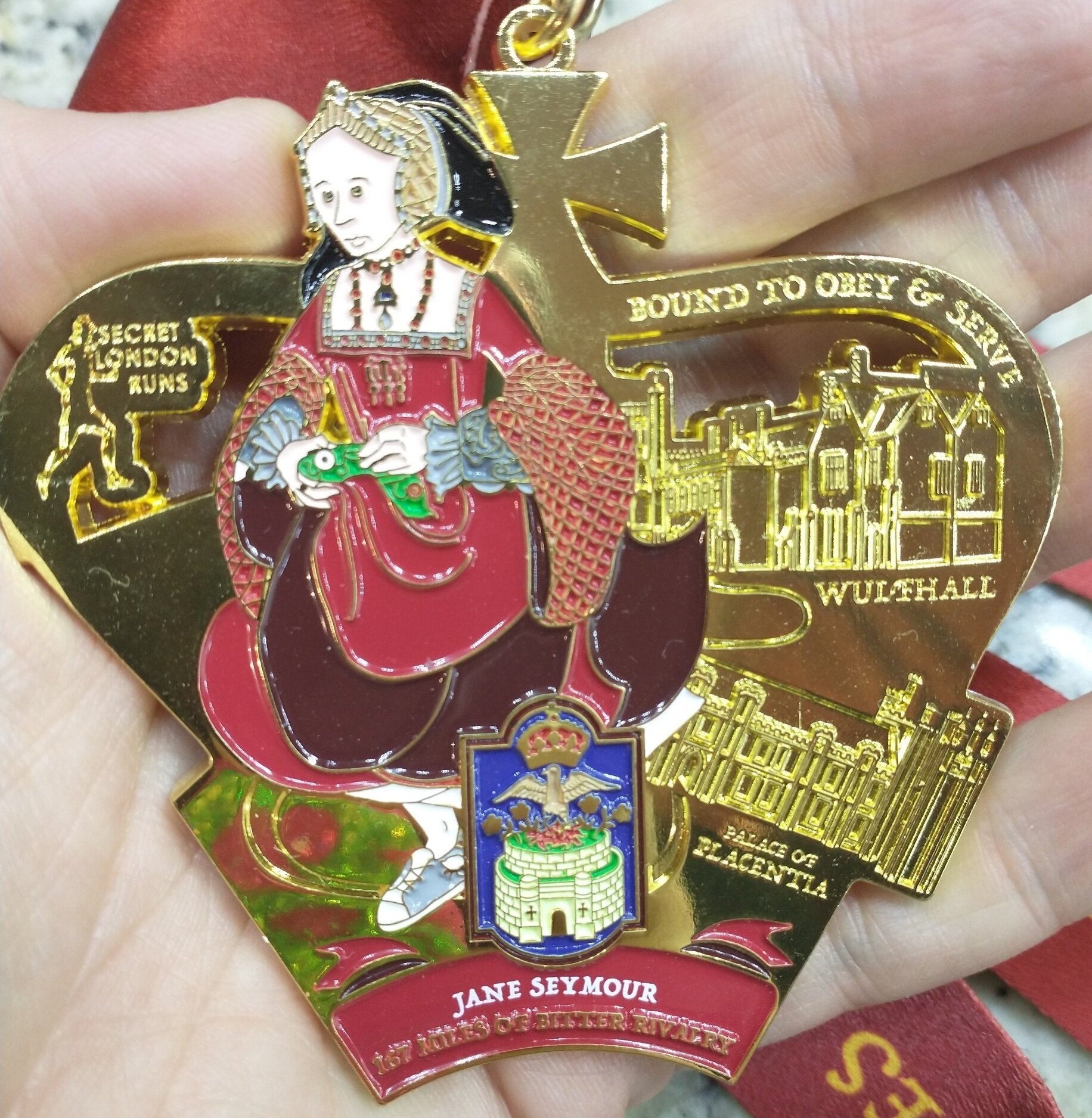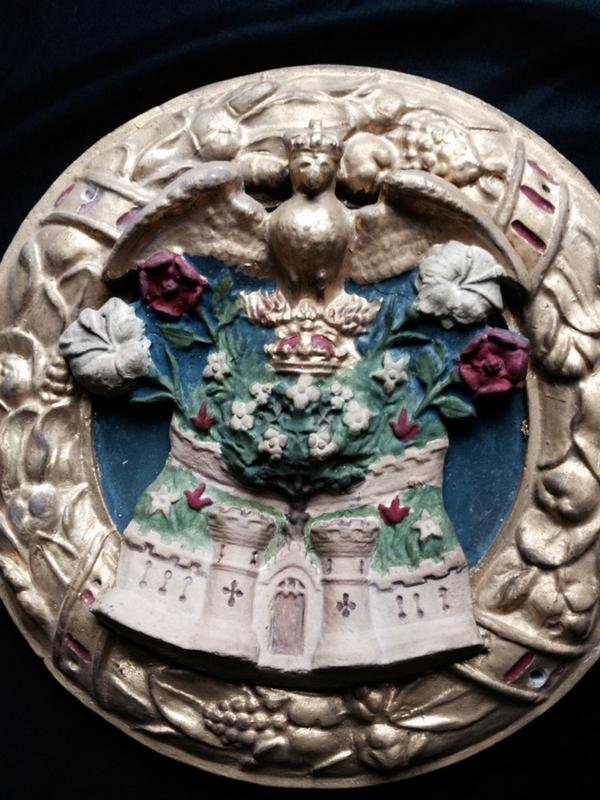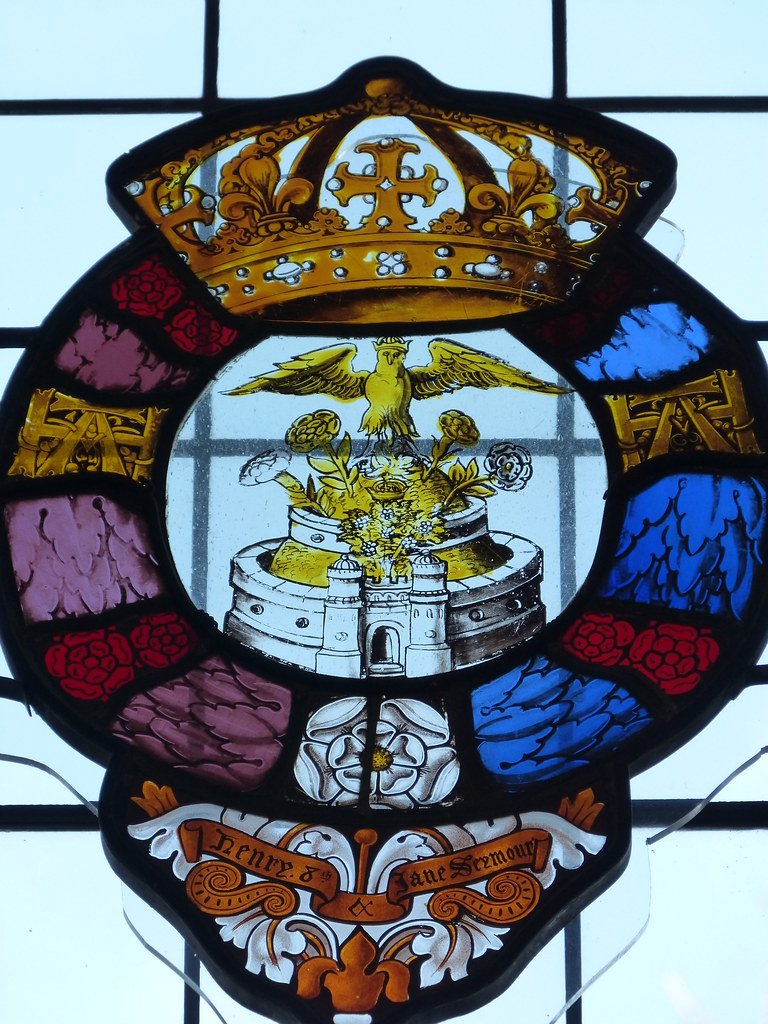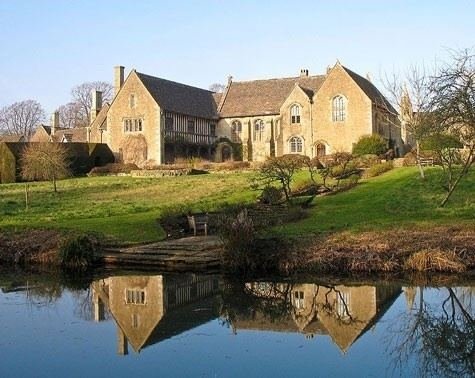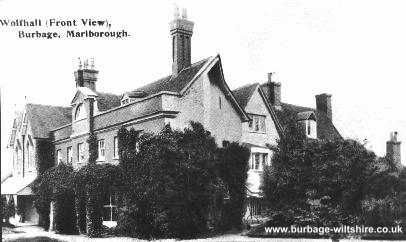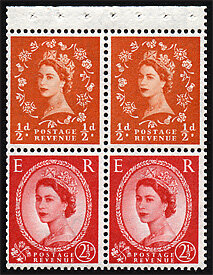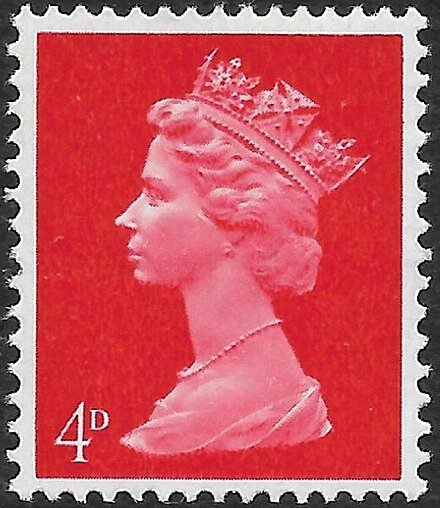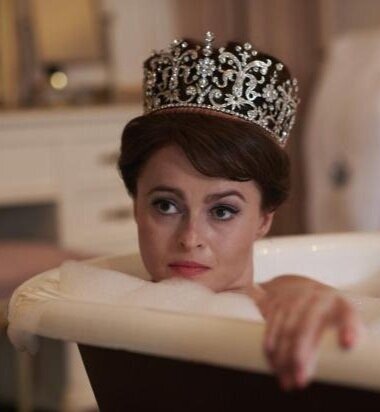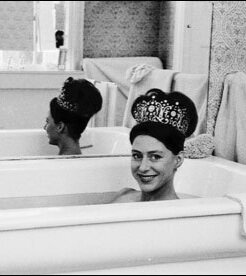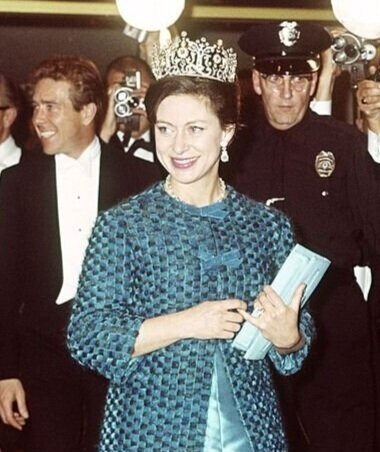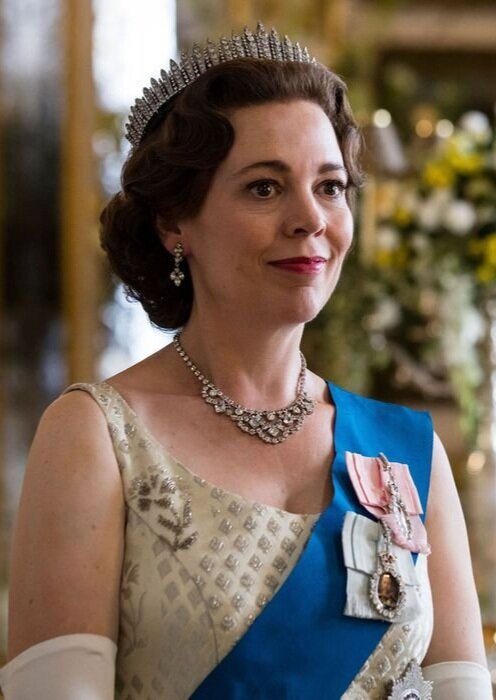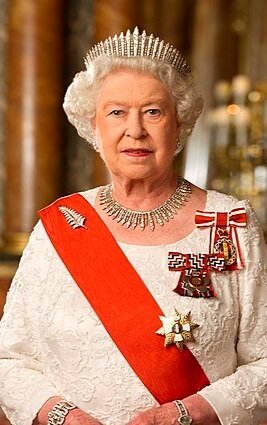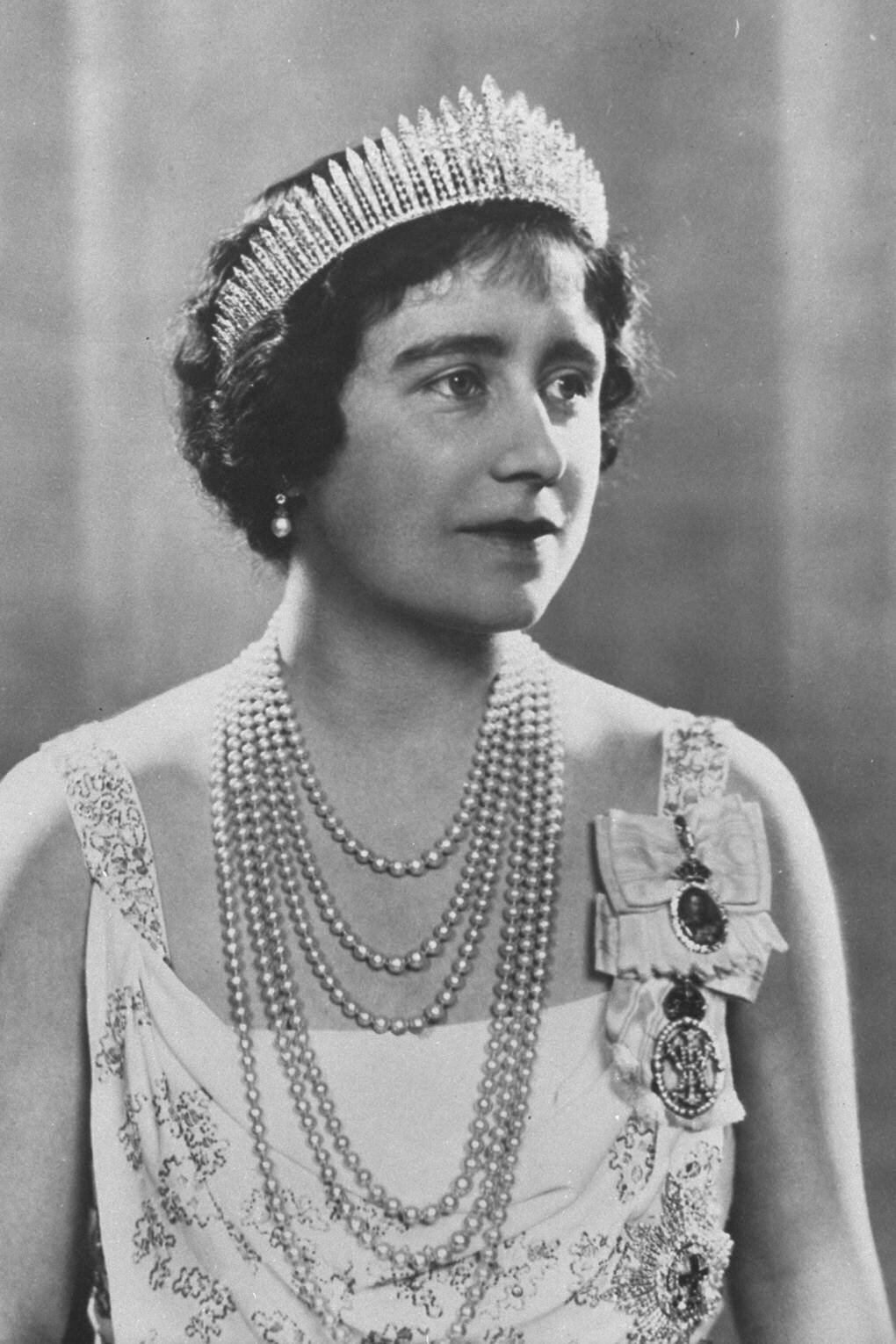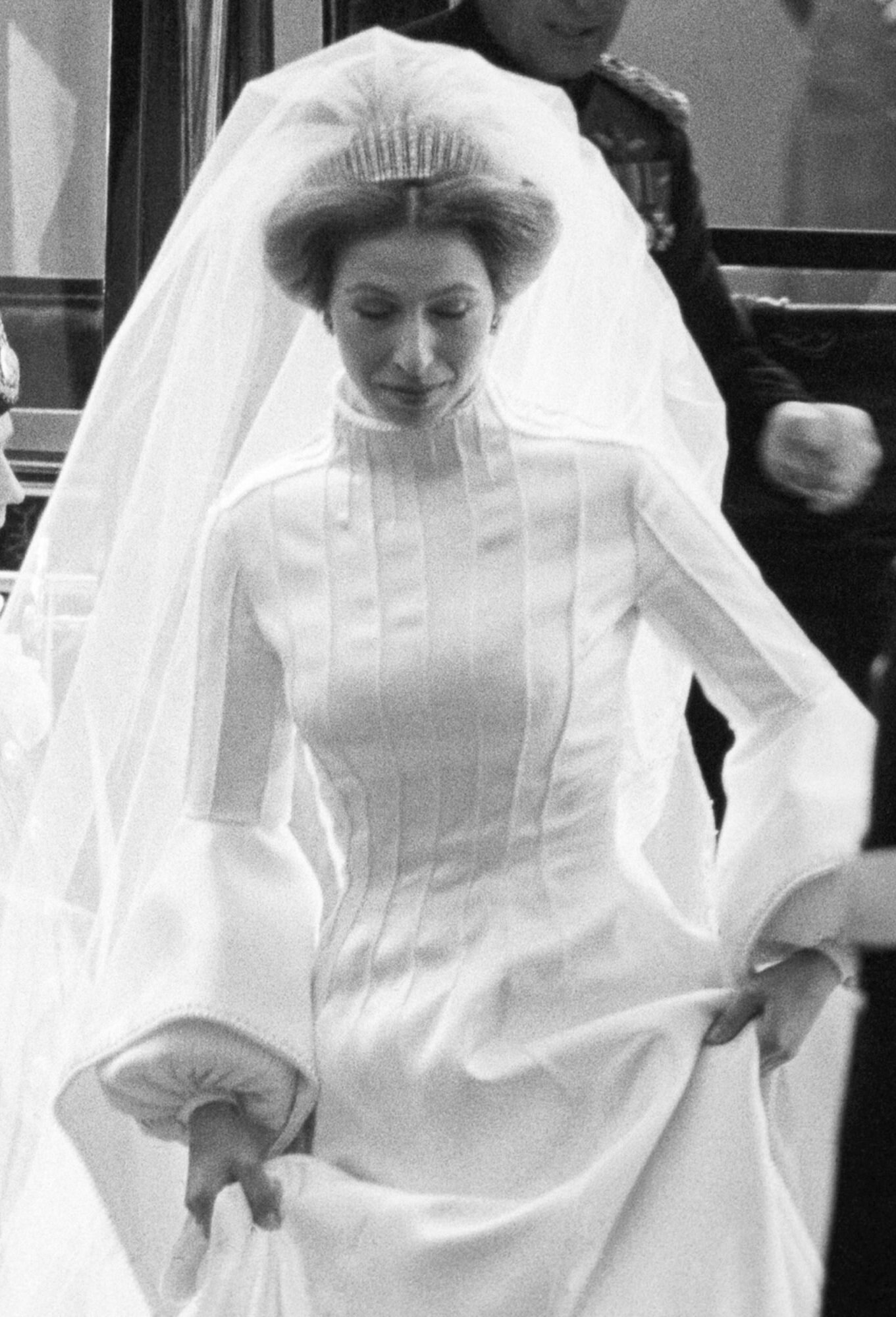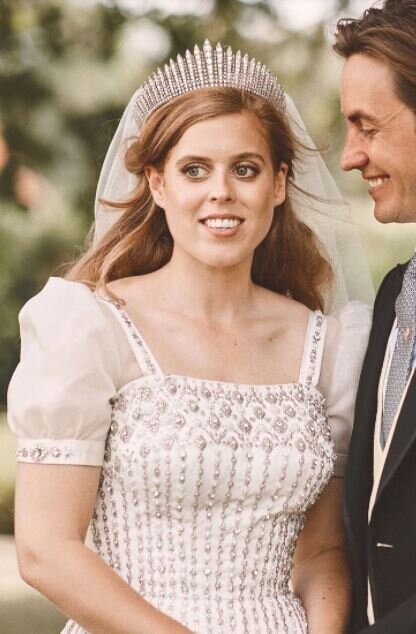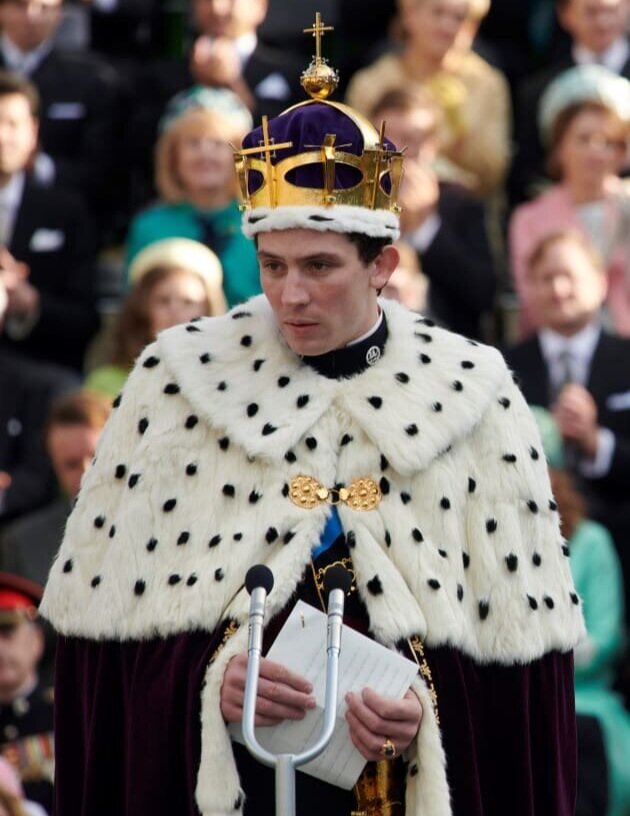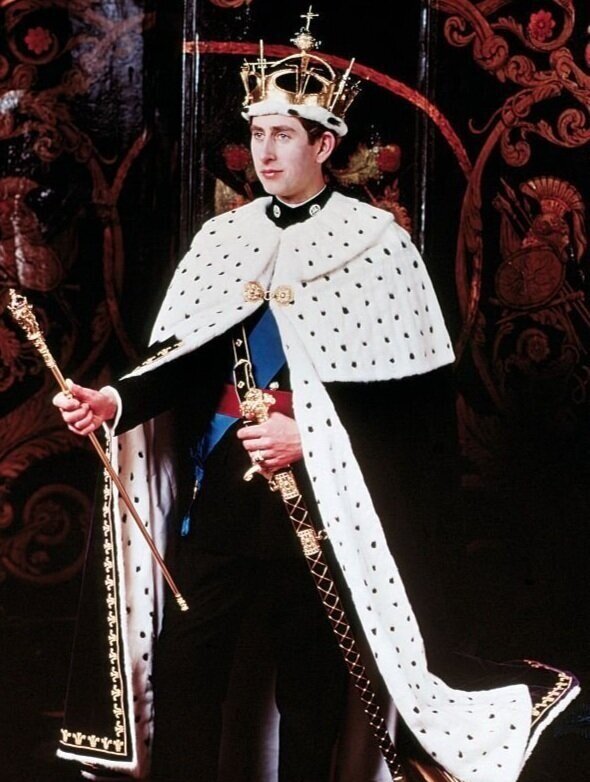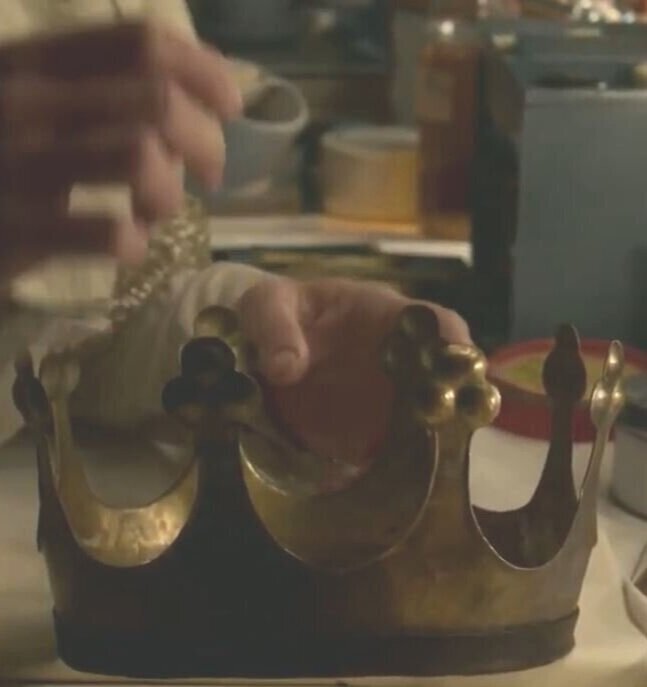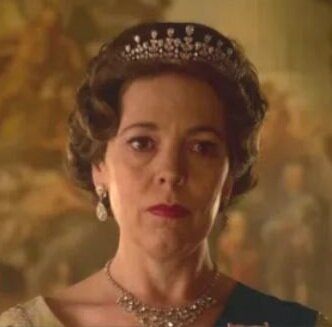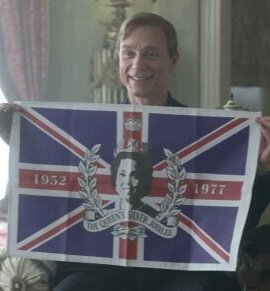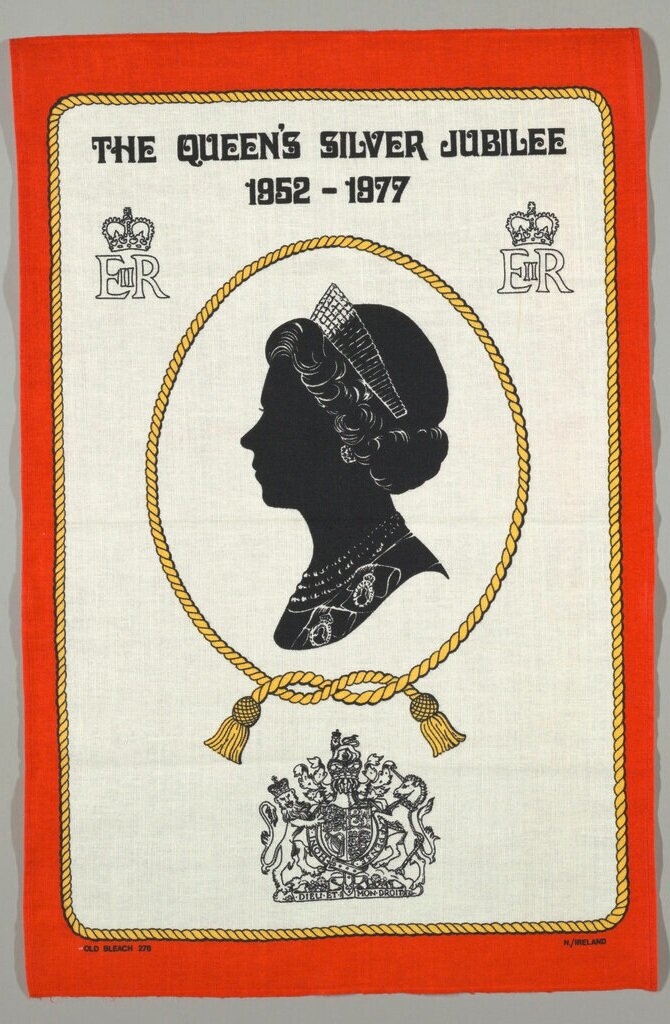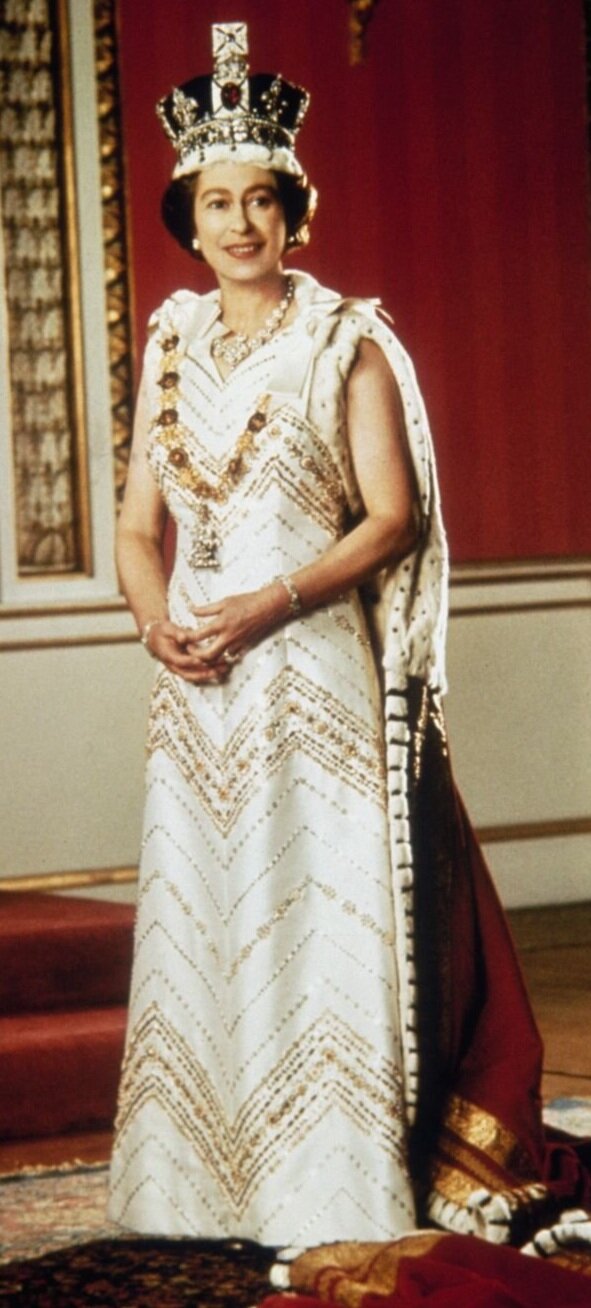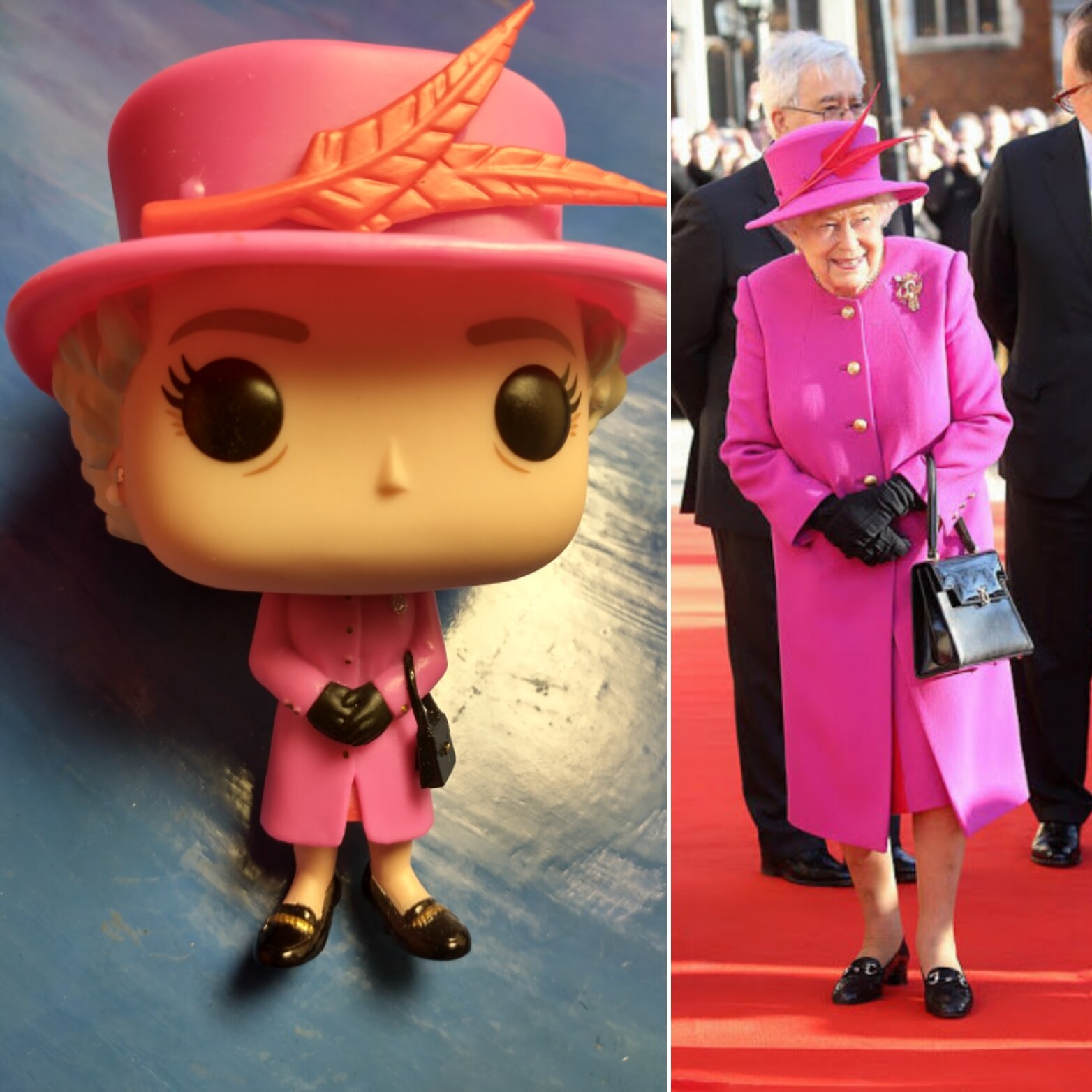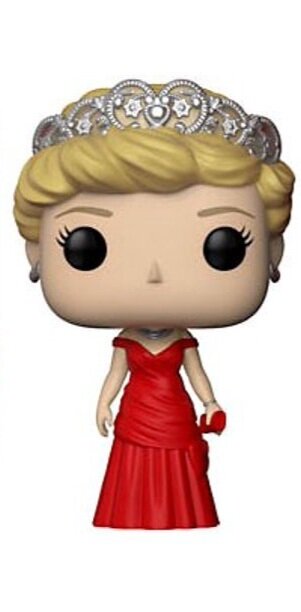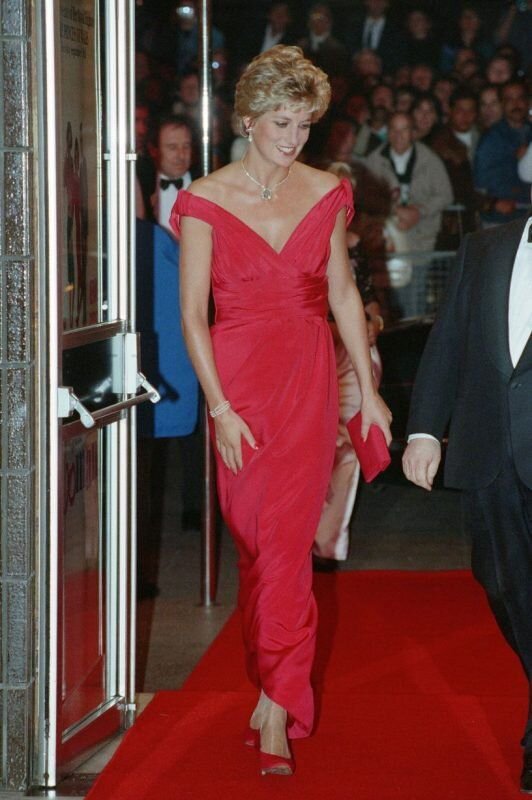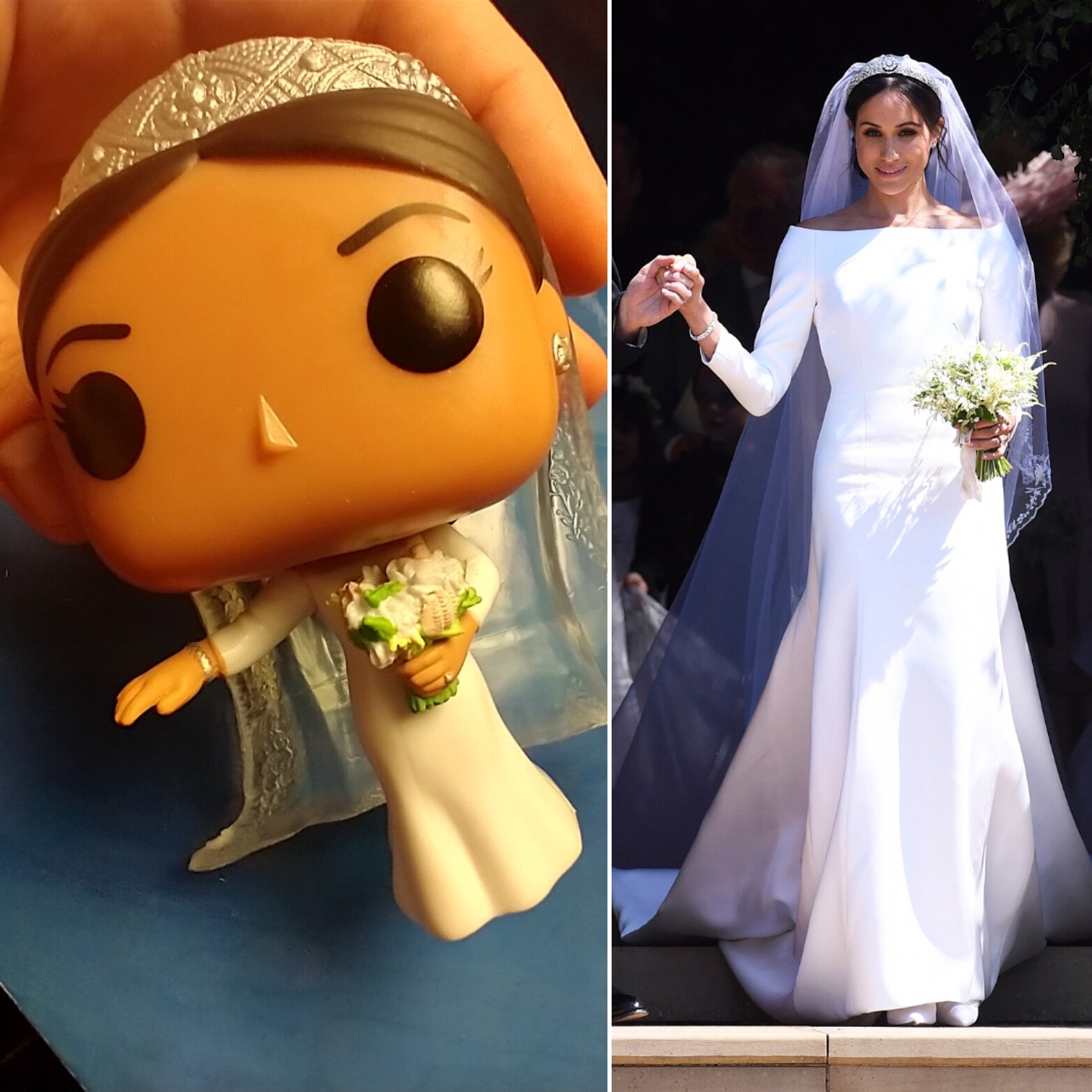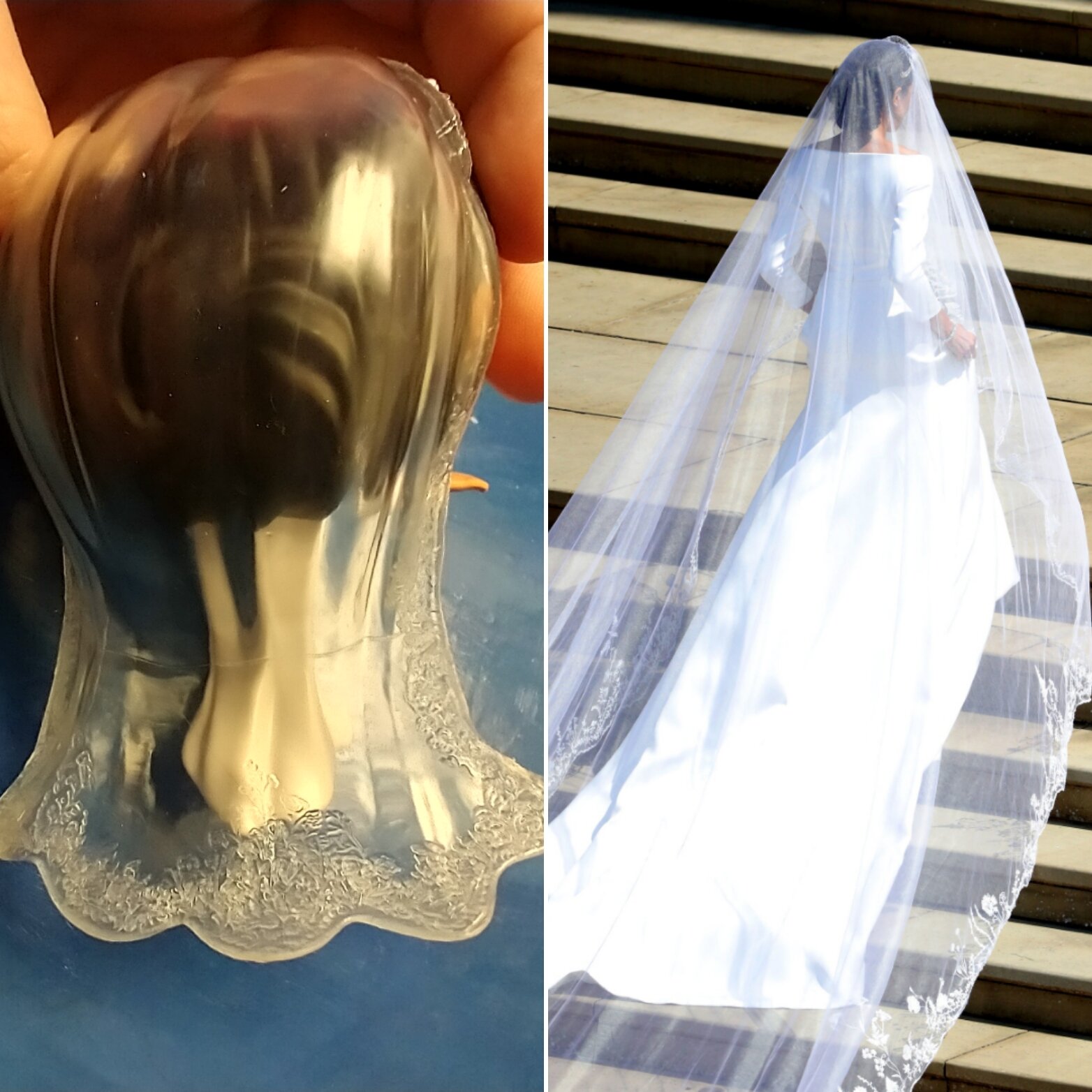Over-Analyzing Six the Musical: All You Wanna Do
Over-Analyzing All the Historical References in Six: “Ex Wives,” “No Way,” “Don’t Lose Your Head” “Heart of Stone” “Haus of Holbein” “Get Down”The Tudor Crown Inspiration in Six’s Logo; The Tudor Fashion Elements of the Costumes in Six (with Painting References)
Six the Musical Wives 1-3: Historical and Modern Costume Inspirations; Six the Musical Wives 4-6: Historical and Modern Costume Inspirations
The Ladies in Waiting of Six: Historical Inspirations and Costumes; Details from Six Costumer Gabriella Slade’s Instagram Takeover
The Early Costumes of Six the Musical: From Edinburgh to Cambridge to London
Updated Six the Musical Costumes for Broadway!; The Shoes of Six the Musical
The Alternate Costumes of Six the Musical; How the Six Alternates Change Their Styling for Each Queen
Virtual Dance Workshops and Q&As with Different Six Cast Members!
I got to see Six on Broadway again last week! It was amazing! And it reminded me that it’s really high time for me to finish out this song series. So it’s K HOWARD TIMEEEE.
I used Gareth Russell’s “Young and Damned and Fair: The Life of Catherine Howard” while writing this blog post! Highly recommend you read it, as it’s a wonderful book full of important societal and cultural context and compassion for Katheryn as a person.
Note: As I’ve mentioned on this blog before, spellings of names were not standardized in Tudor times, and people often spelled their own names in different ways. I’m generally using Katheryn in here (as that’s how she signed her letter), but other spellings of her name as valid as well.
The writers of Six have explicitly stated that their main pop inspirations for Katheryn Howard were Britney Spears and Ariana Grande. These influences come across in her outfit, styling, persona, and the sexy but young bubblegum pop sound of her song. Remember: Britney Spears was 12 when she was cast in the Mickey Mouse Club, 15 when she first signed with a record company, and 17 when she released her first album. Ariana Grande starred on Broadway at 15, next appeared on a Nickelodeon show, signed with a record company at 18, and released her first record at 20. Both stars were sexualized by society at a young age, and Britney in particular has struggled with others controlling and dictating her life, just like Katheryn Howard.
The great part about this song is how it repositions Katheryn as the focus of her own story, which historically, has often been positioned as much more of a battle for power between her uncle, the Duke of Norfolk, and the king’s advisor, Thomas Cromwell. Although her song talks much more about men than the other songs in Six, it’s ultimately about how /she/ feels about those relationships and her rise in the world and what effect it has on her life.
The original West End cast of Six performing “All you Want to Do,” with Aimie Atkinson at the center as Katherine Howard. Credit: Idil Sukan
A 1540 miniature by Hans Holbein. Although this painting has been identified as Katheryn Howard many times in the past, it’s more likely to actually show Anna of Cleves. Credit: Royal Collection Trust
All you wanna do, All you wanna do, baby
I think we can all agree I'm a ten amongst these threes
“I'm a ten amongst these threes”: This line refers to the commonly used 1-10 scale of attractiveness, where 10 is apparently just the best and hottest. Obviously this scale is problematic, but this line simultaneously shows Katheryn reclaiming it for her own, and using her bravado to distance herself from the other 5 queens, as she has in multiple other lines by this point in the show. Over the course of the song, she’ll lose her attempts to control her narrative with flippant words when she becomes overwhelmed by all her trauma.
We don’t actually know what Katheryn looked like, as we have no portraits that are definitively identified as her. The portrait I’ve seen most commonly described as showing her is actually probably Anna of Cleves. However, contemporary descriptions do consistently refer to her as quite pretty, specifically referring to her “very delightful” appearance, and describing her as “flourishing in youth, with beauty fresh and pure.”
All you wanna do, All you wanna do, baby
And ever since I was a child, I'd make the boys go wild
All you wanna do, All you wanna do, baby
“And ever since I was a child, I'd make the boys go wild”: This lyric can often slip past you quickly before you realize how creepy this line really is. And it’s supposed to be. This song is designed to sound chipper and positive but has a dark, disturbing background that only really comes towards the end.
Take my first music teacher, Henry Manox,
I was young it's true but even then I knew, The only thing you wanna do is... *kiss* ahh
Broad, dark, sexy Manox, Taught me all about dynamics
He was 23, And I was 13 going on 30
Dynamics refer to the relative loudness or softness of notes or phrases in a musical piece.
13 Going on 30 is a 2004 rom com that follows a 13 year old who wakes up one day in the future, at age 30. In this context, it refers to the way Katheryn was forced to behave as an adult at a very young age.
We don’t know for sure when Katheryn was born, but estimates of her age at the time of her marriage to the king have varied from 15-19 over the years. Tudor Historian Gareth Russell, who wrote “Young and Damned and Fair” about Katheryn Howard, places her most likely birth year as in 1521/1522. His full reasoning on this subject is explained fully in this Royal History Geeks article.
Gareth also estimates that at most, Manox was 5 years older than Katheryn . He began teaching her in 1536, and although we don’t know exactly when their “relationship” started, it ended in early 1538. Thus, Katheryn was 15-16 when their relationship began, and Manox was at most 21, although he was 23 by the time their relationship ended.
Obviously from a modern perspective, a relationship between a teenage girl and an adult man is problematic and criminal. It was also viewed as problematic in that time, although that was more due to Manox and Howard’s class differences, the risk to her reputation, and the religious concerns with “sinful” sexual activity than their actual age difference.
We'd spend hours strumming the lute, Striking the chords and blowing the flute
He plucked my strings all the way to G, Went from major to minor, C to D
lute, flute: I don’t believe we have any evidence indicating which instruments Katheryn learned to play, but both the lute and flute were very common instruments in Tudor times. We know that Henry VIII himself played the lute and the flute, along with the organ, other keyboard instruments, various recorders, and the harp. He also sang and wrote music.
“He plucked my strings all the way to G:This lyric puns on the fact that musical instruments (in western tradition) have notes corresponding to the letters A through G + the existence of string bikinis/underwear referred to as G Strings (or thongs).
“Major to Minor” refers to the musical scales. I’m not going to explain this in depth, but essentially a song written in a major scale generally sounds brighter and happier, while a song written in a minor scale is more likely to sound sad or ominous. “C to D” refers to musical keys, which is a group of pitches, named after the starting note.
Tell me what you need, What you want, you don't need to plead
'Cause I feel the chemistry, Like I get you and you get me
And maybe this is it, He just cares so much, it feels legit
We have a connection, I think this guy is different
There aren’t any historical or cultural references here in particular, but the lyrics in general refer to the character Katheryn’s desire to be loved and appreciated. “I think this guy is different” indicates that Katheryn already has reason to distrust men and relationships, even at such a young age.
Unknown woman, formerly known as Catherine Howard, after Hans Holbein the Younger, late 17th century
'Cause all you wanna do, All you wanna do, baby
Is touch me, love me, can't get enough, see
All you wanna do, All you wanna do, baby
Is please me, squeeze me, birds and the bees me
Run your fingers through my hair, Tell me, I'm the fairest of the fair
Playtime's over, The only thing you wanna do is...*kiss* ahh
“Birds and the bees” refers to stories parents tell to children when they’re explaining sexuality and how babies are made. This not only refers to actual sexy time activities, but continues to underline Katheryn'’s relative youth to the adult Manox. Evidence indicates that while Katheryn fooled around with Manox, she was reluctant to actually have sex with him and “lose her virginity” (note: virginity is an incredibly damaging social construct designed to control and shame women, and it’s not actually possible to lose it because it doesn’t actually exist. but! that’s a rant for another day).
I couldn’t find any actual evidence that anyone called Katheryn “the fairest of the fair” in Tudor times (“the fairest of the fair” is actually a march by John Philip Sousa!). However, “fair” was very commonly used to describe attractive women at the time, and several contemporary records described Katheryn with this word. This may have literally just meant “beautiful” then, or it may have referred to Katheryn having a light complexion or light hair, but since we don’t have a definitive Katheryn portrait, the exact meaning is unclear. For the record, Gareth Russell’s book describes Katheryn with blonde hair.
But then there was another guy, Francis Dereham
Serious, stern and slow, Gets what he wants, and he won't take no
Passion in all that he touches, The sexy secretary to the Dowager Duchess
Life at the Dowager Duchess’s: Katheryn’s parents died when she was fairly young. After that, she lived in the household of her step-grandmother, the Dowager Duchess of Norfolk, and roomed with numerous other girls in the maiden’s chamber, in a dormitory type set up. Even if her parents hadn’t died, she likely would have been sent to her grandmother’s for a while; it was very common for noble children to live in a different family’s household for several years.
It was pretty common for men to sneak into the maidens’ chamber at night with wine and treats to speak and flirt with the various girls there. Apparently it was fairly easy for the men to hide behind a curtained area of the chamber if anyone came to check in on the girls in the night. Katheryn herself stole a key to the staircase up to the chamber and had it copied, to ensure that these visits could continue without issue.
Francis Dereham had been the Dowager Duchess’s secretary for about two years before his relationship with Katheryn started in 1538. According to Gareth Russell’s research, Dereham was very confident and had quite the temper. Dereham had already had a few flings with other servants at the Dowager Duchess’s home, including Joan Acworth, Katheryn’s roommate and secretary. Joan was clearly over Dereham by this time and apparently said very nice things about him to Katheryn .
Katheryn had likely only ended her relationship with Manox a few weeks before starting her relationship with Francis Dereham. She was apparently quite in love with Dereham and did indeed have sex with him, despite the lack of privacy in the maiden’s chamber. Witnesses attested to hearing both Dereham and Katheryn talk about how they knew how to have sexual relations without risking pregnancy.
Content Warning, Sexual assault: “He won’t take no”: Another ominous, creepy line delivered playfully enough that you can often miss it initially. Although some witnesses at the time said that Katheryn and Dereham seemed to have consensual relations, Katheryn herself said that Dereham coerced her and raped her. She said in a letter, “Francis Dereham by many persuasions procured me to his vicious purpose, and obtained first to lie upon my bed with his doublet and hose, and after within the bed, and finally he lay with me naked, and used me in such sort as a man doth his wife, many and sundry times.” Although she might have saved her life if she testified that there was a precontract between her and Dereham, as this would have given the king a pretext for annulling the marriage (and potentially saving her life), she steadfastly denied this.
*Note: In the initial form of this post, I accidentally left out Katheryn’s own testimony as to the nature of her relationship with Dereham in this post. Katheryn always asserted that Francis Dereham coerced and raped her, and I erred in leaving that aspect out of this post. This was a huge oversight and I apologize for it.
Helped him in his office, had a duty to fulfil, He even let me use his favorite quill
Spilled ink all over the parchment, my wrist was so tired
Still I came back the next day as he required
The innuendo in this section gets even more explicit. If you don’t understand it, I’m certainly not going to explain it. :)
The actual action (of Katheryn helping Francis in his office) described here likely didn’t happen, as Katheryn was a high ranking noble woman and would not have been helping a secretary with his work whatsoever. As I noted before, she actually had her own personal secretary (although she likely had very little correspondence, so that was really more an indication of her station than a necessity).
Quills and ink: In Tudor times and for many centuries after, feather quills were used to write. When properly cut, a feather’s ink can hold ink and slowly release it for the writer’s use. Quill feathers often came from geese or swans.
A 1793 copy of a 1513 depiction of Katheryn Howard’s step grandmother, the Dowager Duchess of Norfolk. Katheryn lived in her household as a child in the 1530s.
You say I'm what you need, All you want, you don't need to plead
'Cause I feel the chemistry, Like I get you and you get me
And I know this is it, He just cares so much, this one's legit
We have a real connection, I'm sure this time is different
'Cause all you wanna do, All you wanna do, baby
Is touch me, love me, can't get enough see
All you wanna do, All you wanna do, baby
Is please me, squeeze me, birds and the bees me
You can't wait a second more to get, My corset on the floor
Playtime's over, The only thing you wanna do is...*kiss* ahh
The choruses of this song are very repetitive and often have only minor variations on the same theme, so I’m not going to analyze them all in depth. There isn’t really much historical content in here anyway, it’s all characterization of the character’s thoughts on her relationships.
In Katheryn Howard’s time, corsets were actually called bodies or stays.
Yeah, that didn't work out, So I decided to have a break from boys.
And you'll never guess who I met
This song, as long as it is, concentrates on Katheryn’s state of mind and really doesn’t get into a lot of the details about what actually happened in her relationships or at the end of her life. To elaborate a bit more, Katheryn’s step-grandmother, the Dowager Duchess, eventually walked in on Katheryn embracing Francis (in the company of her friend and secretary Joan) and apparently was QUITE angry; she punched all three people and raged for a while, but never actually fired Dereham (she wasn’t the greatest of guardians, tbh). Francis adored Katheryn and very much wanted to marry her, giving her several costly gifts. She seemed to indulge him for a while, and they called each other “husband” and “wife.”
Although Dereham seemed to think that they were pre-contacted to marry, Katheryn did not. A precontract was a commitment to marry in the future, which was often used so a couple could start sleeping together before the actual wedding. Precontracts were legally considered as good as marriage, and could be used to annul later marriages or disinherit children from now-invalid marriages (Henry VIII used a supposed precontract between Anna of Cleves and Francis of Lorraine to dissolve his marriage with her).
Katheryn Howard broke things off with Francis when her uncle the Duke of Norfolk arranged for her to join the new queen Anna of Cleves’ court as a maid of honor. Francis later claimed that Katheryn wept when they parted, saying she had to do as her family ordered, while Katheryn said that she lost her temper and told him to do what he liked. Whatever the actual truth was, Francis apparently still believed after the conversation that he had a chance with Katheryn in the future, and might still be her husband.
Katheryn joined the royal court in the late summer/early autumn of 1539, and was reportedly quite enthusiastic about her new position. We don’t know exactly when she met Henry VIII, but it was probably around this time.
Tall, large, Henry the Eighth, Supreme head of the Church of England
Globally revered, Although you wouldn't know it from the look of that beard
The lines here aren’t nearly as clever or as flirtatious as her previous compliments. This is a subtle way of indicating that Katheryn isn’t really interested in Henry at all, and is struggling to say anything sexy or good about him.
Tall, large, Henry the Eighth: We actually have a pretty good idea of Henry’s size in 1540 based on the dimensions of his suits of armour. He was 6’1” in height and the armour he had made a year before his marriage to Katheryn Howard had a 51 inch waist and a 54.5 inch chest circumference.
Supreme head of the Church of England: Henry established the Church of England with himself at the head in 1536, so he had only been in this role for a few years when he married Katheryn. It might be a bit of an exaggeration to call Henry “globally revered” though. Maybe more “globally notorious.”
Made me a lady in waiting, Hurled me and my family up in the world
Gave me duties in court and he swears it's true,
That without me, he doesn't know what he'd do
lady in waiting: As I noted earlier, Katheryn’s uncle, the Duke of Norfolk, actually arranged for her position as a maid of honor for Anna of Cleves before she even met Henry. The maids of honor were the lowest ranked noble ladies in the queen’s household. They were younger than the ladies in waiting and unmarried. They accompanied the queen and served as her companions, but also supervised various servants and performed various tasks, such as dressing the queen or fetching items for her. This usage of “lady in waiting” as a substitute for “maid of honor'“ is consistent throughout Six, as presumably, the writers were concerned people would get confused by the nomenclature, given its modern meaning in a wedding party sense.
Hurled me and my family up in the world: It’s interesting that anyone would say Katheryn or her family were hurled up in the world, as she was actually very well placed already as a Howard. Although her parents died when she was young and she was relatively penniless before she came to court, as a maid of honor, she received lodgings and a decent salary, and she had numerous family members in prominent places at court. She would have been fine money and status-wise even if Henry had never noticed her, perhaps not wealthy or well known, but still comfortable and happy.
However, the king did give her many presents, starting in April 1540 (when he was still married to Anna of Cleves), so the relationship did materially benefit her. In April, she was given the property of two condemned criminals, and in May, Henry bought her 23 light silk quilts.
Although many tellings of the story of Henry annulling his marriage to Anna of Cleves and then marrying Katheryn Howard position her as the victim of her uncle’s machinations, the evidence seems to indicate that their relationship was a bit more spontaneous than that. Katheryn’s youthful misadventures at the Dowager Duchess’s home were widely known enough that if anyone had dug much into her background, they would have found evidence of them pretty quickly (as later became clear). It seems unlikely that the Howards would have deliberately put her forward to distract the king without vetting her, and she honestly wouldn’t have made it past such a vetting. The Howards did use the king’s attraction to Katheryn to their own advantage later, but there’s really no indication that they set it up themselves.
You say I'm what you need, All you want, we both agree
This is the place for me, I'm finally where I'm meant to be
Then he starts saying all this stuff, He cares so much, he calls me love
He says we have this connection, I guess it's not so different
He cares so much, he calls me love: Henry VIII considered himself a romantic at heart and really wanted to be in love with his wives. The Archbishop of Canterbury, Thomas Cranmer (who I honestly think was one of the most emotionally intelligent members of Henry’s court), even said to Thomas Cromwell pre-Anna of Cleves’ arrival in England that it would be “most expedient the King to marry where that he had his fantasy and love, for that would be most comfort to his Grace.”
The Dowager Duchess later testified that the king liked Katheryn the moment he met her. This instant attraction to a woman really fit into Henry’s own romantic ideals of love, and even if this interest didn’t result in him pursuing a relationship with her for a few more months (there’s no evidence that Henry pursued her until early 1540 sometime), this connection was probably revived anew the moment he realized he didn’t want to marry/stay married to Anna of Cleves.
The Howards moved Katheryn back to Lambeth at some point during Henry’s courtship of her for the sake of her reputation. However, Henry visited her multiple times there in his royal barge, which probably only increased the level of gossip about their relationship.
'Cause all you wanna do, All you wanna do, baby
Is touch me, love me, can't get enough, see
All you wanna do, All you wanna do, baby
Is seize me, squeeze me, birds and the bees me
There's no time for when or how 'cause you
Just got to have me now, Playtime's over
The only thing you wanna do is...*kiss* ahh
All you wanna do: We have no idea when Henry began a physical relationship with Katheryn. However, as Gareth Russell noted in his book, Henry was impressed by his past wives’ abstaining from sex until marriage (Anne Boleyn and Jane Seymour), so it’s possible that they waited until after his fourth marriage was annulled and his fifth marriage was performed.
So we got married, Woo
The annulment of Henry’s marriage to Anna of Cleves was motivated by many things (which I addressed more in depth in my post on her song “Get Down”), and was made official in early July 1540. Anna was given numerous properties and a very high rank in return for her acquiescence during the process.
Henry and Katheryn married in a small ceremony on July 28, 1540. At the time, Henry was 49 and Katheryn was probably 19. For comparison’s sake, Henry’s daughter Mary was 24 at this time (Elizabeth was almost 7 and Edward was nearing 3).
With Henry, it isn't easy, His temper's short, and his mates are sleazy
Except for this one courtier, He's a really nice guy, just so sincere
The royal life isn't what I planned, But Thomas is there to lend a helping hand
So sweet, makes sure that I'm okay, And we hang out loads when the King's away
Henry really did have a terrible temper. There are countless examples of this from throughout his life, but one of the most relevant for Katheryn’s story is the downfall of Thomas Cromwell. Although Cromwell had served on the king’s privy council since 1530 and as his chief minister since 1534, Henry was so displeased with his fourth marriage and the breakdown of the alliance secured by that marriage that he ordered Cromwell arrested in June 1540, and executed on July 28, 1540. Henry came to regret executing Cromwell and later blamed the decision on his privy council, reportedly stating: “on the pretext of several trivial faults [Cromwell] had committed, they had made several false accusations which had resulted in him killing the most faithful servant he had ever had” (this was reported in a letter by a French ambassador in March 1541).
Despite the lyrics in this song implying “Thomas” was different than Henry’s usual friends, Thomas Culpepper was very much sleezy himself. He was a gentleman of the King’s privy chamber and a close friend to the King, who gave him numerous properties. He was apparently quite handsome, flirtatious, and, as Gareth Russell described him, “unashamedly promiscuous with consensual partners.”
Content Warning, Sexual assault: We also have records indicating that sometime in 1540, Culpepper may have raped the wife of a park-keeper and killed a man when the villagers tried to apprehend him for the crime. I say “may have” because we only have one report of the case, and it is possible that the letter writer mixed up Thomas with his older brother. Regardless, whoever committed the crime, the king pardoned him for the rape and murder.
Gareth Russell’s book notes that Culpepper noticed Katheryn pretty quickly after she arrived at court and pursued her, but after she played hard to get, he moved on to someone else. This upset Katheryn more than she may have expected, as it apparently caused her to weep in front of several of her fellow maids of honor. Rumors of this did get back to Francis Dereham, who came up to court and confronted Katheryn about it. Katheryn apparently rather brutally put him down and said she would not have Francis and if he had heard anything about Thomas, he knew more than she did.
This guy finally Is what I want, the friend I need
Just mates, no chemistry, I get him and he gets me
And there's nothing more to it, He just cares so much, he's devoted
He says we have a connection, I thought this time was different
Why did I think he'd be different?, But it's never, ever different
We know that there was a LOT of evidence gathered in the case against Katheryn Howard and that many many interviews were conducted. However, a lot of these documents were lost or destroyed over the years, so we don’t quite have the full story.
Although courtly love and flirtation games were de rigeur in royal courts of the time, Katheryn’s relationship with Culpepper appeared to have crossed that line into a much more emotional entanglement than was generally accepted.
A drawing believed to be of Jane Boleyn (formerly Jane Parker), by Hans Holbein
Reports indicate that Katheryn met with Culpepper and secretly gave him a cap in March 1541, specifically asking him to keep the cap hidden until he was back in his rooms. at which point he teased her a bit about their previous relationship. A few months later, she sent food to him several times while he was sick.
When the court was on progress, Culpepper met with Katheryn and Jane Boleyn, Dowager Viscountess Rochford (wife to George Boleyn, executed years earlier) late one night in a large lavatory; Lady Rochford apparently dozed in the corner while the couple spoke for several hours, until 2 or 3 a.m. They met up in the lavatory again the second night and reportedly, this was when the two confessed their love for each other (Katheryn spoke first). When Culpepper left her, he kissed her hand and told her it was the only physical intimacy allowed.
After this, the couple was less discreet with their feelings. One witness noted that she saw Katheryn gazing dreamily out the window at Culpepper; conveniently, that same night, Katheryn told her ladies that no one was allowed in her bedchamber that night except for Lady Rochford. This was highly unusual for the time. Evidence indicates that Culpepper came to Katheryn’s rooms on many nights. We don’t know exactly what happened when they met up, but the two clearly joked with each other and enjoyed each other’s company; Katheryn sent him several gifts that referred to their inside jokes.
Katheryn Howard’s supposed love letter to Thomas Culpepper.
Katheryn also sent him a letter when he was sick that has often been described as a love letter, but could also be interpreted as a letter between friends, as passionate language was commonly used in friendly letters of the time. This is also the only example we have her handwriting, so it has to be viewed with a bit of suspicion. The letter also may contain writing from two different people, as there are several words at the beginning of the letter which look quite different from the rest of the writing. I’m really not pulling these doubts out of thin air, by the way; Conor Byrne’s “Katherine Howard: Henry VIII’s Slandered Queen” argues that Katherine neither had romantic feelings nor sexual relations with Culpepper. I haven’t read his book in depth, but will need to do so in the future to really explore this argument, which he laid out a bit in a blog post.
Later when he was interrogated, Thomas said that he had not actually had sex with Katheryn, but that “he intended and meant to do ill with the Queen and that likewise the Queen so minded with him.” Thomas was not tortured, but apparently was quite frank and open in his discussion of his relationship with Katheryn, so he really might have been speaking the truth here.
'Cause all you wanna do, All you wanna do, baby
Is touch me, when will enough be enough?
See, All you wanna do, All you wanna do, baby
Squeeze me, don't care if you don't please me
Bite my lip and pull my hair, As you tell me, I'm the fairest of the fair
Playtime's over, Playtime's over, Playtime's over
The only thing, The only thing, The only thing you wanna do is...*kiss* ahh
The formerly playful and sexy lyrics are now angry and desperate and are performed with much more intensity and disgust as the character loses her equilibrium. It’s honestly a really powerful moment of the show and leaves me breathless every time.
Because this song and the show doesn’t address Katheryn’s ultimate downfall and execution beyond noting that she was beheaded, I won’t get too much into those details. However, in short, reports of Katheryn’s pre-marital relationships ended up reaching the privy council and the king and a thorough investigation launched into the reports also uncovered her relationship with Culpepper (whether it was friendly or romantic in nature, she undoubtedly met with him in secret, which looked…bad, to say the least).
Three confessions were taken from Katheryn in the course of the investigation, which related to her pre-marital relationships. You can read those letters, along with Katheryn’s letter to Culpepper over at The History of England website.
What led to Katheryn’s ultimate fate was summarized very well by Gareth Russell in his book, who said “What happened to Catherine Howard was monstrous and it struck many of her contemporaries as unnecessary, but it was not a lynching. The Queen was toppled by a combination of bad luck, poor decisions, and the Henrican state’s determination to punish those who failed its king.” She was ultimately executed on February 13, 1542. The night before, she asked for the execution block to be brought to her so she could practice placing her head on it.
Although there’s a legend that Katheryn said “I die a Queen, but I would rather die the wife of Culpeper,” she really did not. We have witness accounts of what she actually said, and it’s not that. In addition, saying something like this would have been incredibly foolish , as if the king disliked something she said from the block, he could very well go punish her entire family after her death.
Katheryn was not the only victim of her downfall. Lady Rochford was executed right after her.
From necessity, this post can’t even slightly cover all the events of Katheryn Howard’s life. I highly recommend reading Gareth Russell’s “Young, Damned, and Fair” for more info."


